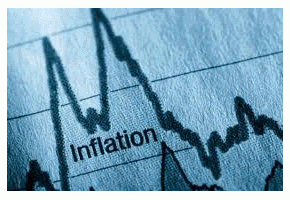
The New Zealand Debt Management Office (NZDMO) auctioned $300 million 20 September 2025 inflation-indexed New Zealand Government bonds with a successful weighted average yield of 2.3204%.
Inflation is currently running at 0.7% which would mean a nominal yield of 3.0204%.
By comparison the yield on 10-year NZ government stock which is not inflation adjusted is trading at approximately 4.19% p.a. (previously 4.31%)
This latest tender was also over-subscribed with a coverage ratio of 2.2767 times.
| Current | Previous | |
| Series Offered | 2.00% 20 Sept 2025 | 2.00% 20 Sept 2025 |
| Total Amount Offered ($million) | 300 | 300 |
| Total Amount Allocated ($million) | 300 | 300 |
| Total Number of Bids Received | 74 | 47 |
| Total Amount of Bids Received ($million) | 683 | 446 |
| Total Number of Successful Bids | 20 | 37 |
| Highest Yield Accepted (%) | 2.350 | 2.330 |
| Lowest Yield Accepted (%) | 2.300 | 2.100 |
| Highest Yield Rejected (%) | 2.770 | 2.430 |
| Lowest Yield Rejected (%) | 2.350 | 2.340 |
| Weighted Average Accepted Yield (%) | 2.3204 | 2.2455 |
| Weighted Average Rejected Yield (%) | 2.4504 | 2.3663 |
| Amount Allotted at Highest Accepted Yield as Percentage of Amount Bid at that Yield* | 84 | 68 |
| Coverage Ratio | 2.2767 | 1.4867 |
*Individual allotments may vary due to rounding.
Tender Date: Thu, 1 August 2013
Settlement Date: Tue, 6 August 2013
2 Comments
Hi,
This article I think gives a misleading comparison between inflation linked and nominal bonds for the average reader. The most important thing is the differential between the real yield of the inflation linked bond (in this case 2.32%) and the yield on its nominal equivalent (4.19%). The difference of 1.87%, known as break even inflation rate, is the amount of inflation on average, the market expects over the life of the bond. So, ignoring any natural preference for protecting yourself against inflation, if you think that inflation will be higher than 1.87% p.a. until 2025 then this inflation linked bond looks like better value than its nominal equivalent and vice versa.
I have tried in the past to direct the author to the commonly accepted way of analysing Inflation linked bonds/notes, namely - the breakeven inflation rate
We welcome your comments below. If you are not already registered, please register to comment.
Remember we welcome robust, respectful and insightful debate. We don't welcome abusive or defamatory comments and will de-register those repeatedly making such comments. Our current comment policy is here.